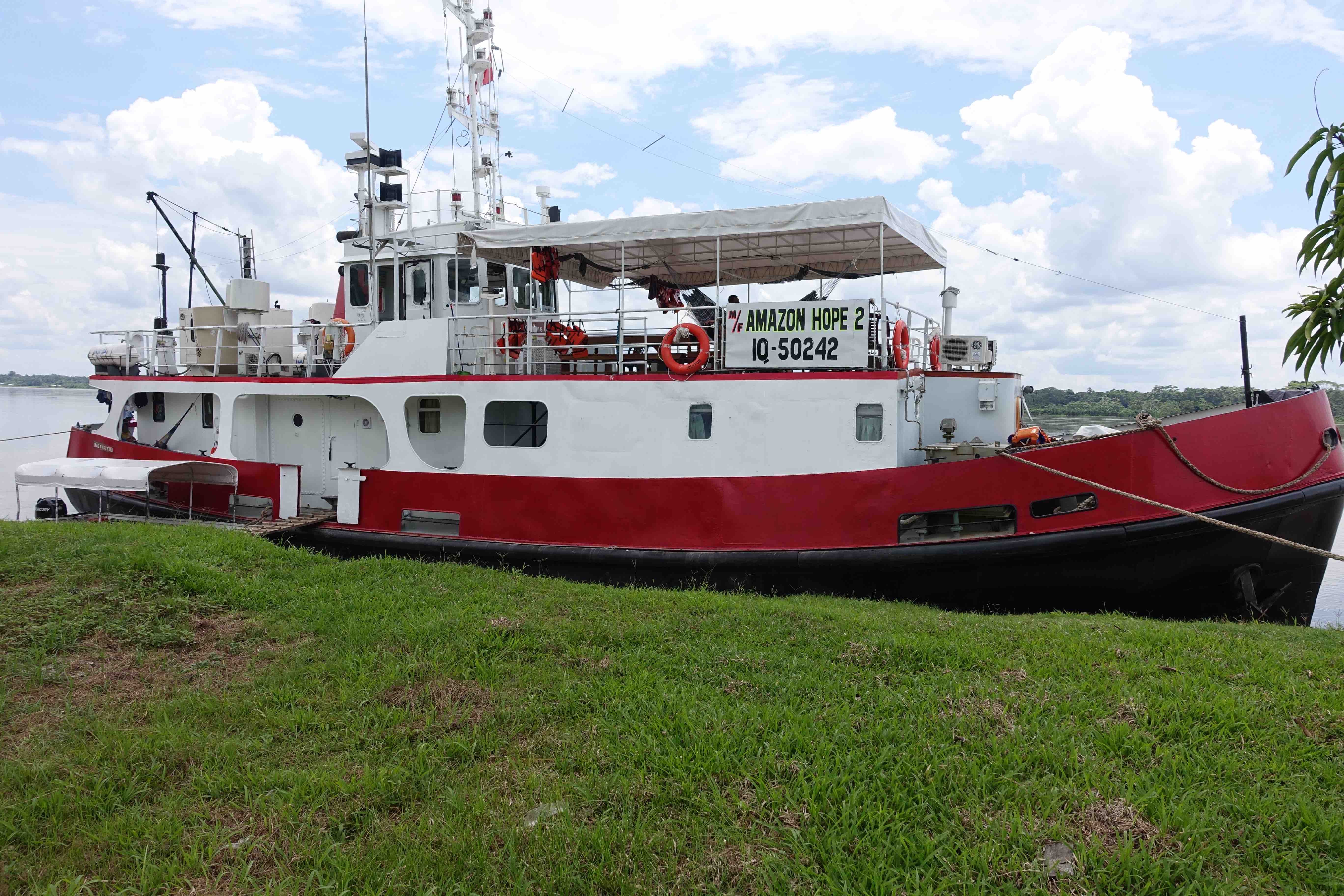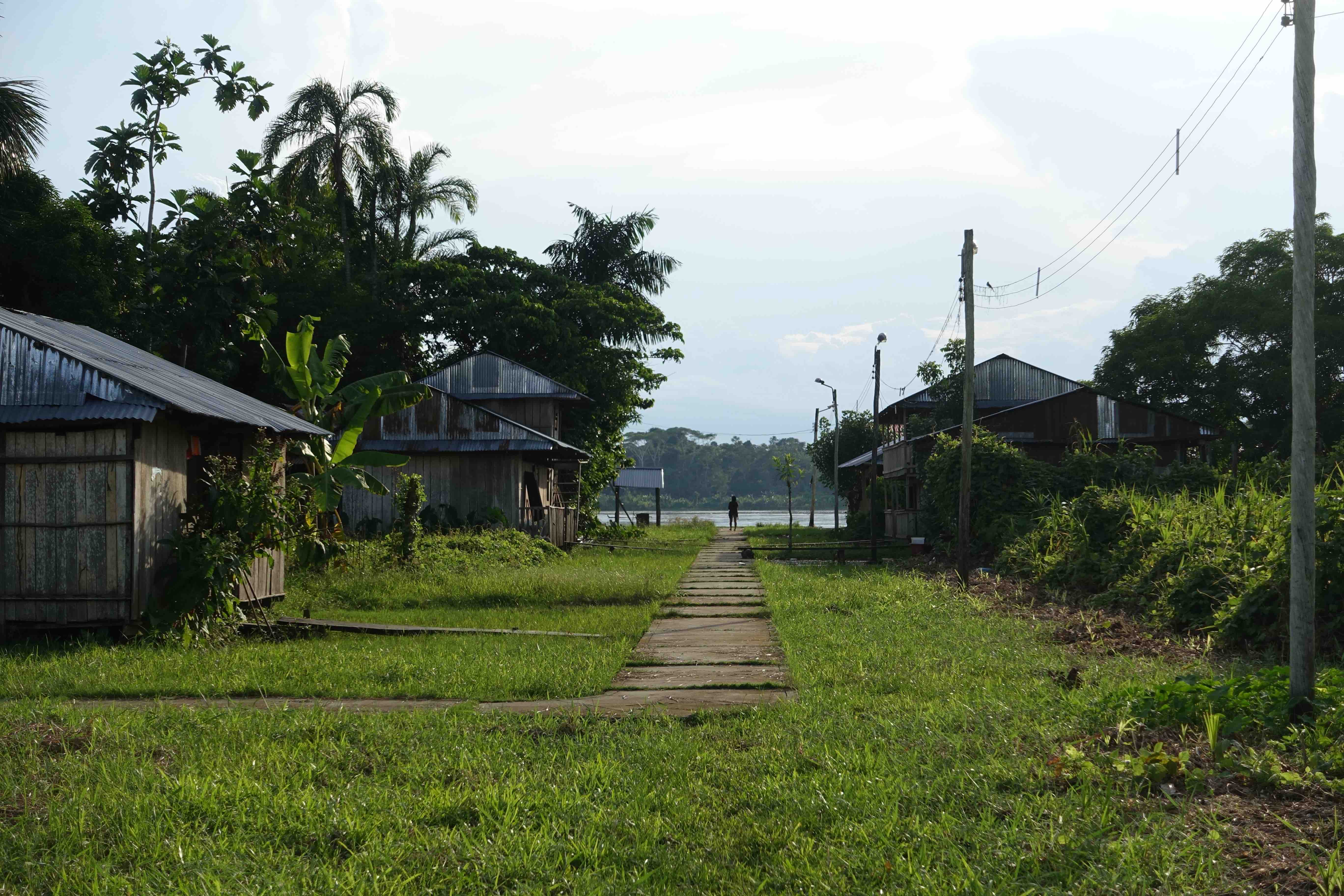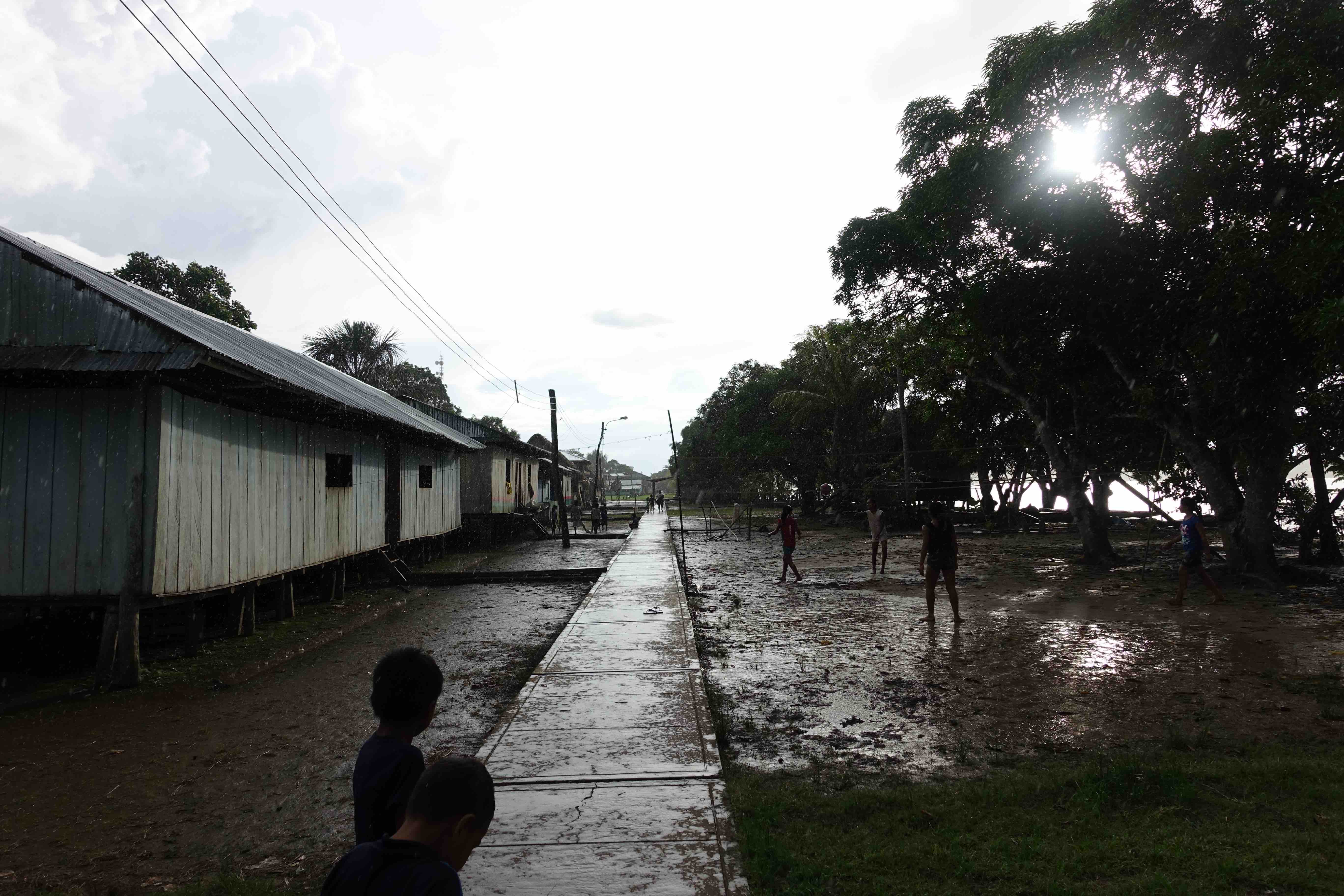Mamás del Río
Published 2016-06-18In February I went to Peru to meet with Magaly Blas and Isaac Alva, two global health researchers at the Universidad Peruana Cayetano Heredia (UPCH). UPCH is based in Lima, but Magaly and Isaac have projects both in and outside of the capital. When I was living in Lima in the last half of 2014 I started working with them on a project based in the Peruvian Amazon.
The project is called Mamás del Río . The general idea is to increase monitoring, community, and feedback between rural villages in the Peruvian Amazon. They gave community health agents in 15 rural villages smartphones and I built an app to let them fill out short forms and send the results back to the university by text message (SMS). I’m told that Peru has a progressive policy in place that new telco companies must serve rural areas before moving into cities. This means that many of the rural villages actually have pretty good signal, despite being hours upriver.
The communities are served by a medical boat called the Amazon Hope, which is run by the Vine Trust . My purpose on this trip was to piggyback for 10 days on the boat with Peruvian doctors, dentists, and nurses, to see how the app was working.

It turns out that, despite initial concerns we had about technical skills, the agents prefer using Whatsapp to talk amongst each other and to correspond with the researchers (who are also doctors). Whatsapp messages are near-free (I think it’s about 30 cents a month) as part of a Facebook Free Basics-style program, so it makes a reasonable transport mechanism. As a result I’ve rebuilt the app to use Whatsapp instead of SMS, as the researchers would still love to receive more structured data than they’re getting through conversation alone. If that falls through and the agents keep going with just Whatsapp, however, everyone will still be happy.
I stayed with the boat for 10 days, although it continued upriver for another six or so. The high speed motorboat that came to collect myself and two doctors at the 10th day was from a town called Nauta, and it took 6-10 hours to get to the boat and only about four hours with the current to get back to Nauta. Despite that short amount of time, the cost to rent the boat was $2000. That is obviously far out of the means of the people living in the villages. Even if they could afford it, with that amount of time if something goes wrong during childbirth it would be extremely serious. The boat was visited by several groups of local Urarinas indigenous people, but for the most part the people it was serving were living in larger villages with populations on the order of 100 people. Here is a map of the communities we visited.

The app is on the Play Store but is under wraps at the moment (as of this writing in June, 2016). If you are interested in installing it, send me an email and I will send you the link to join as a beta tester. The code is also up on Github .
This is an example of a project that I think is meaningful and impactful but I don’t think is publishable in terms of a computer science paper. Free Whatsapp means a lot to these communities, and trying to leverage that fact to increase global health metrics is a powerful idea.

Seeing how Whatsapp is being used on the ground is one of the reasons that I am, in general, not convinced by the argument so common in academia that Free Basics-like programs are evil. Do I think it’s a perfect solution? Certainly not. But I do wonder how someone can imagine turning off subsidized Whatsapp in these communities, looking the villagers in the eye, and telling them it is for their own good. To be clear, I do think you can make that argument, but in my opinion people that do need to be able to respond to criticisms of paternalism.
For now, however, best of luck to Magaly and Isaac as they work to expand the project to even more communities.
comments powered by Disqus